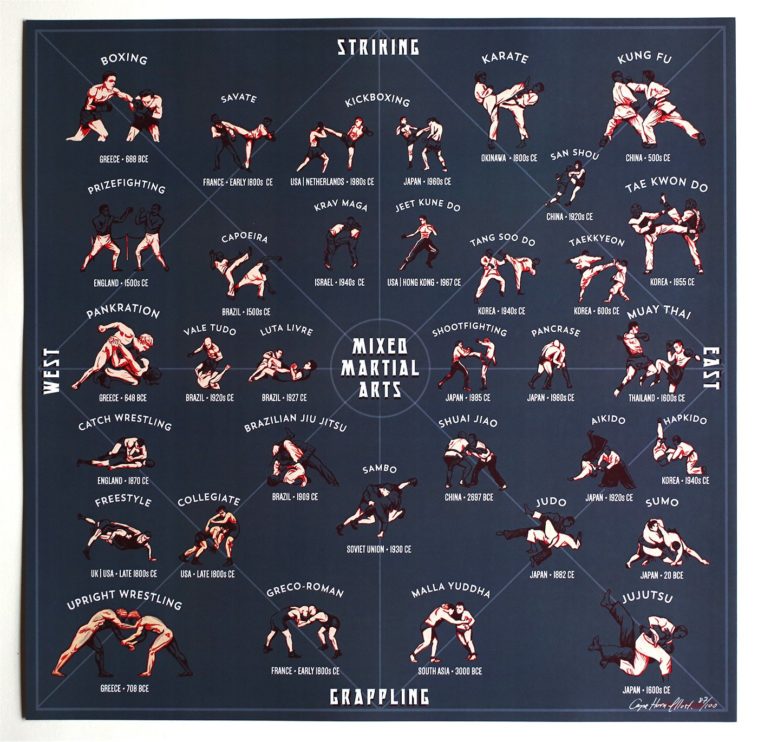Taekwondo Forms: Understanding The Fundamentals And Their Relevance
Taekwondo Forms: Understanding The Fundamentals And Their Relevance
Blog Article
Created By-Geisler Brink
Did you recognize that there more than 20 different taekwondo forms, each with its very own distinct series of activities and techniques? These kinds, additionally referred to as poomsae, play an essential role in the method and advancement of taekwondo professionals.
However exactly what are these forms, and why are they so considerable? In this discussion, we will discover the basics of taekwondo types, their beginnings, and the key elements that make them an indispensable part of this fighting style.
Whether joe emperado 're a beginner or a skilled professional, comprehending the significance of taekwondo kinds will certainly grow your recognition for this old practice and improve your trip towards proficiency.
Beginnings and Advancement
The origins and evolution of Taekwondo can be mapped back to ancient fighting styles methods in Korea. It was created over 2,000 years ago and has since grown into a preferred and around the world recognized sport.
Taekwondo was heavily influenced by various Oriental fighting styles designs, such as Taekkyon and Subak, in addition to Chinese martial arts. It was at first used as a means of self-defense, but in time, it evolved into an affordable sport that concentrates on striking strategies and high kicks.
In pop over here , Taekwondo underwent a considerable makeover and was standardized into its modern-day type. The Korea Taekwondo Organization played an important duty in this process, aiding to develop policies, strategies, and forms that are still complied with today.
Key Elements and Methods
Currently let's check out the fundamental elements and methods of Taekwondo. To totally comprehend the key elements and methods, it is necessary to dive deeper right into the following subtopics:
- Positions: Taekwondo highlights the appropriate use of stances, such as the front position, back position, and equine position. These stances give security, balance, and power in carrying out numerous methods.
- Strikes and Kicks: Taekwondo is renowned for its powerful and vibrant kicks, including the front kick, roundhouse kick, and side kick. adult judo near me , such as strikes and knifehand strikes, are likewise necessary techniques in Taekwondo.
- Blocks and Protection: Efficient protection is vital in Taekwondo. Blocks, such as the high block and low block, are used to secure versus incoming assaults. Proper timing and positioning are essential to efficiently protecting oneself.
Advantages and Impact
One of the significant benefits of practicing Taekwondo is the renovation of physical conditioning and general well-being. By taking part in normal training sessions, you can boost your cardio wellness, stamina, versatility, and endurance. Taekwondo involves a range of motions that target various muscle mass teams, aiding you build a solid and toned body.
In addition, this fighting style advertises psychological well-being by lowering stress and anxiety and stress and anxiety levels. The technique and emphasis required in practicing Taekwondo can assist improve your focus and boost your ability to handle difficult scenarios.
In addition, the technique of Taekwondo instills a sense of confidence, self-discipline, and self-constraint, which can positively impact numerous locations of your life. Overall, practicing Taekwondo can bring about a much healthier and much more well balanced lifestyle.
Conclusion
So there you have it! Taekwondo kinds aren't just simple regimens, however a depiction of the rich history and development of this martial art. By grasping the key elements and methods, practitioners can enjoy countless physical and psychological benefits.
From enhanced adaptability and strength to improved emphasis and technique, taekwondo forms have a long-term effect on those that practice them.
So, whether you're a newbie or a skilled martial musician, embrace the power of these kinds and let them take you on a trip with time.
